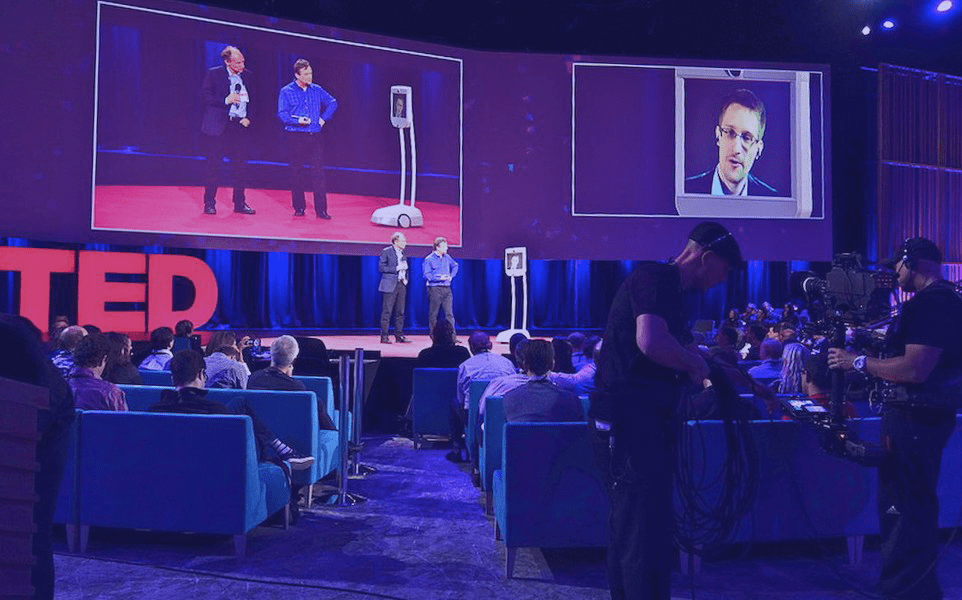10 rules for any executive navigating the new world of virtual conferences

Even as the world emerges from the pandemic, new platforms are popping up everywhere to help us navigate our increasingly virtual world. And some of their eye-popping valuations — Hopin reportedly is worth $5.7 billion — suggest that investors believe technology will have an outsized impact on group gatherings for the foreseeable future. We lead companies that sit at the intersection of experience and technology, and we’re here to tell you: events are still — and always will be — about making good sh*t. In other words, content still rules, and no matter how elaborately your brand dresses up your conference stages or how seamlessly your chosen virtual event platform runs on event day, if you’re not delivering good content — if it’s ho-hum or played out — you will lose your audience and your credibility along with it. Creating great content for your conferences is easier said than done, and requires partners with years of practice in creating unforgettable live content plus a pandemic-era refresh. It’s why our companies (Liberty & Co., an agency and consultancy in the experiences space, and Dreamtek, a leader in video production and streaming) have forged an exclusive partnership. Together we came up with these 10...


